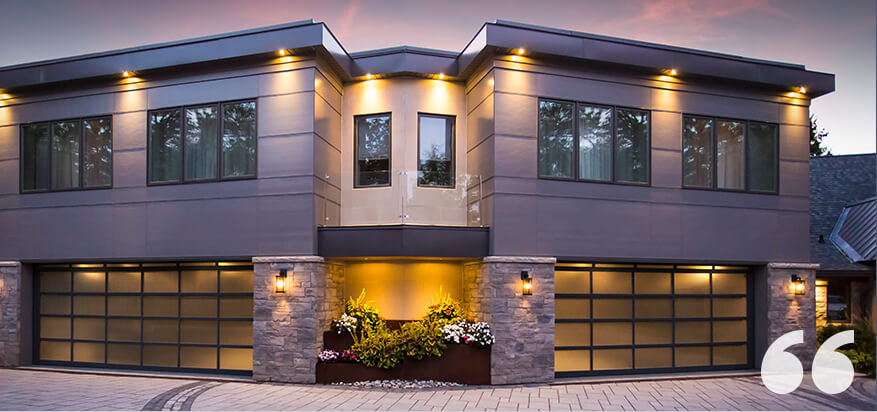A crucial step when purchasing a new garage door for your home is ensuring it’s the appropriate size for the garage’s opening. You can achieve this goal with framing, a process that involves transforming the rough opening, which is slightly larger than your door, into a finished opening that accommodates your new door with a snug, precise fit.
Garage Door Framing Steps
Halo Overhead Doors is a full-service garage door company that can handle every aspect of your installation project in the Houston area, including framing. Our garage door framing process consists of these steps:
1. Bringing the Right Supplies
We’ll bring all the tools and equipment required for fast, efficient framing. These pieces include lumber, a tape measure, a circular or band saw, and a pencil. We can use PVC door jambs instead of lumber in some situations.
2. Measuring the Rough Opening
When measuring the garage door rough opening, we’ll ensure the distance between the floor and the rough header is 1 1/2 inches longer than the door’s height. In addition, we’ll check that the header is 9 inches wider than the door and the width is 3 inches longer when measuring it between the left and right edges.
3. Installing the Head Jamb
Our team will install the head jamb before placing the side jambs. This process involves cutting the jamb to the appropriate height and fastening it to the header with framing nails.
4. Measuring the Floor-to-Ceiling Height
During this step, we’ll construct a “goal post,” which comprises two pieces of framing attached to the garage wall next to the opening. These jambs will match the garage’s height from floor to ceiling.
5. Attaching the Goal Post
We will fasten the two goal post pieces to the garage’s inner wall with framing nails.
6. Installing the Side Jambs
The side jambs should contact the bottom of the head jamb from step three and be the same height as the garage door minus 1/4 inch. We typically install double-sided door jambs to support the additional weight.
7. Attaching the Center Bracket Framing
We’ll conclude the garage door framing process by cutting a piece of lumber that matches the distance from the top of the header to the garage’s ceiling. Our team will then center the piece above the header and attach the spring system’s center bracket to it.
Contact Us for Your Garage Door Framing Project
The professional garage door installation team at Halo Overhead Doors is ready to meet your framing needs. Contact us to request an estimate for our services today.




